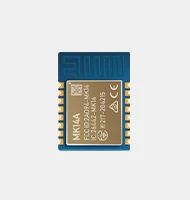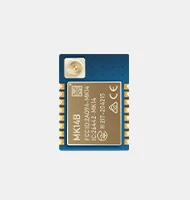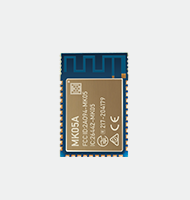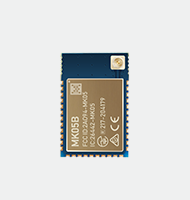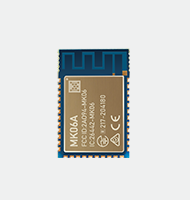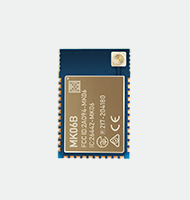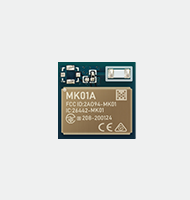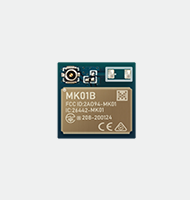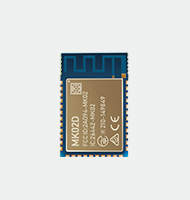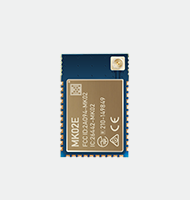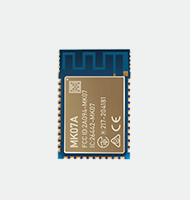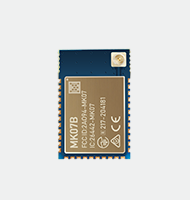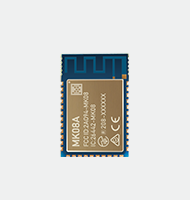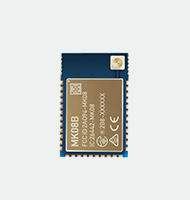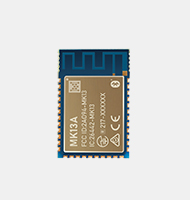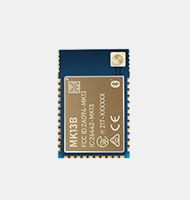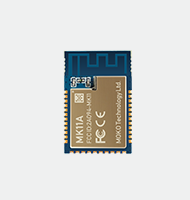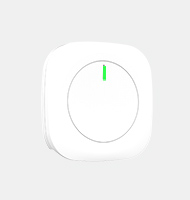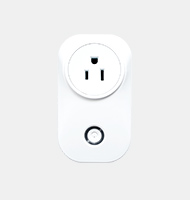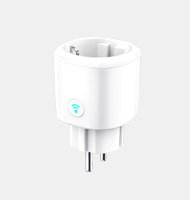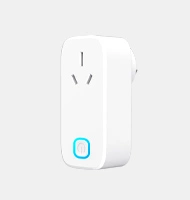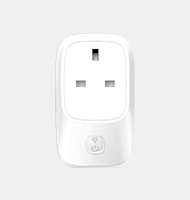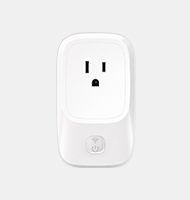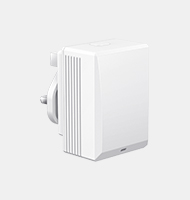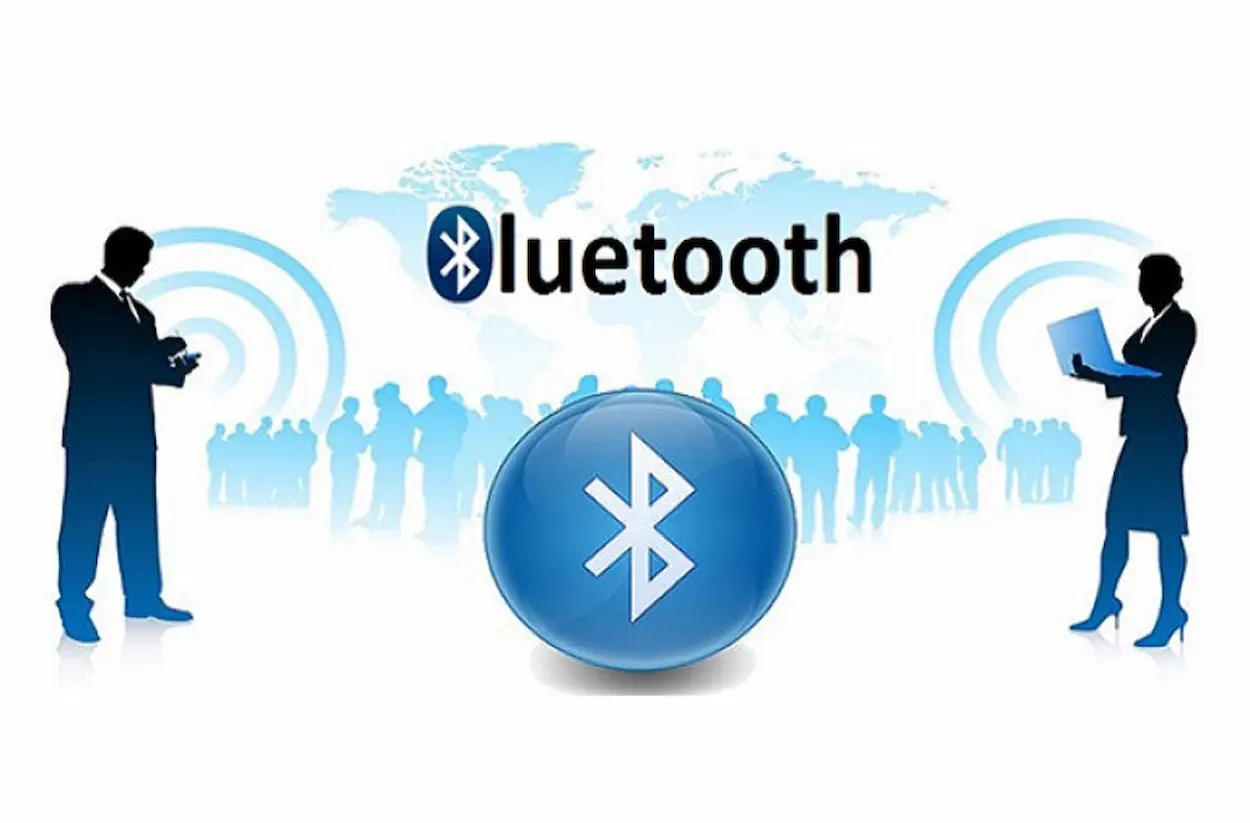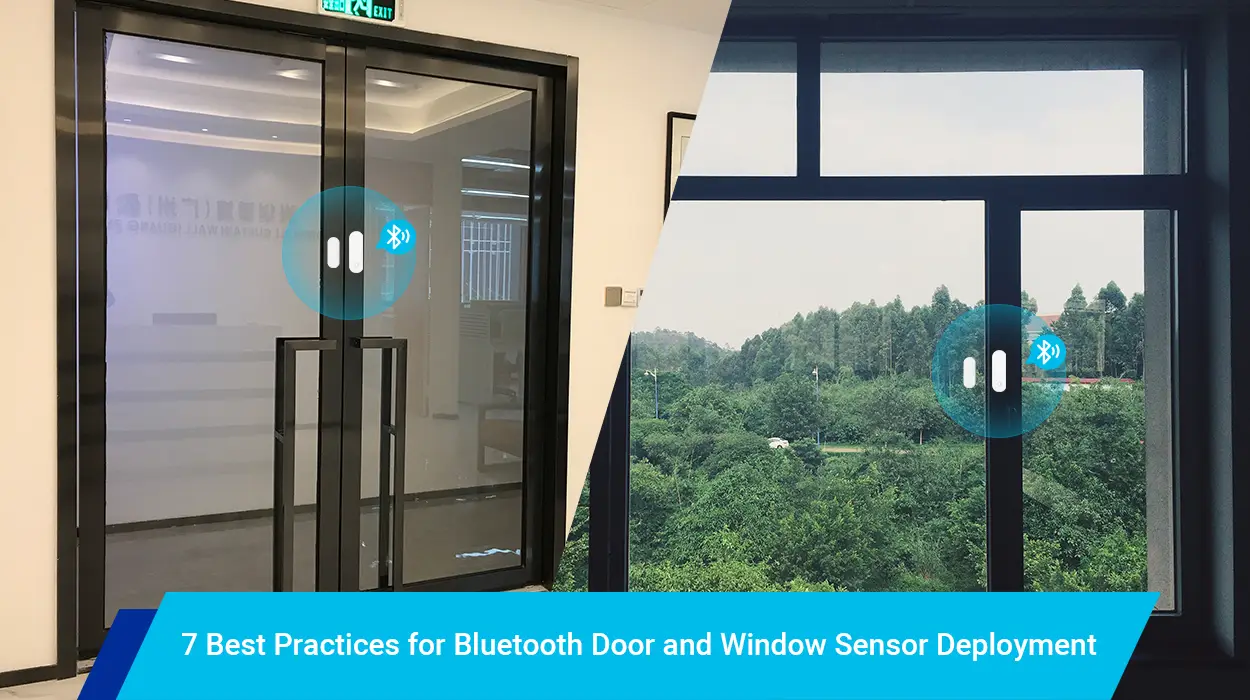Bluetooth is a standard wireless technology that uses UHF radio waves to exchange data between devices over short ranges. It was invented in 1994 by Ericsson, though the Bluetooth IEEE standard later standardized it the following year. The Bluetooth SIG maintains and supervises the specification’s development, controls the qualification program, and safeguards the trademarks.
Over 6 billion Bluetooth units had been shipped by 2019, thus making Bluetooth standard the most commonly used technology for short-range communications. MOKOBlue is one of the leading companies that support the development of Bluetooth standards. We have incorporated this technology into most of our devices.
Why is Bluetooth Standard used in IoT and Modern Devices?
Among the tech-savvy, Bluetooth technology is the most preferred for developing products that need it to communicate with another device easily. This is because Bluetooth is easy to use, implement, and is less costly. Furthermore, Bluetooth is the perfect choice for IoT projects anticipated to work on low power as it requires less energy to transmit data from one device to the other.
Also, the Bluetooth standard is the best for short-distance communications as its transmission speed can easily reach 2 Mbps. Thus, Bluetooth makes streaming applications such as high-definition wireless display video files or streaming an HQ audio file to a wireless headset.
Bluetooth Networks
The connection of multiple devices by Bluetooth forms networks that are divided into two;
Piconet
The piconet network covers a small area and connects up to eight devices. In a piconet network, one device acts as the master, whereas the other linked devices are slaves. For example, the connection between a smartphone with a pair of wireless headphones and a smartwatch forms a piconet network. In this case, the master is the mobile phone, whereas the smartwatch and headphones are slaves.
Scatternet
The scatternet network has two or more interlinked piconet networks. This network is established when one piconet network becomes the master to the slave of other piconet networks. Due to its large number of participants, scatternet covers a broader area than piconets, although the technical limitation of Bluetooth makes its implementations scarce.

Comparison of the Different Versions of Bluetooth

Bluetooth v5.2
Bluetooth v5.2 is the up-to-the-minute Bluetooth version. It was first released in January 2020 at the CES by the Bluetooth Special Interest Group. Bluetooth v5.2 makes it friendly for IoT applications. Moreover, it comes with the Isochronous Channels (ISOC) feature that sets the base for the implementation of Low Energy (LE) Audio in Bluetooth Low Energy (BLE) devices that supports Bluetooth 5.2 or later.
The LE Audio feature also facilitates the linkage of numerous wireless headphones to a single source. Moreover, it links wireless headphones to different sources. Besides, the LE Audio feature adds support for hearing aids.
Bluetooth Low Energy (BLE)
Also known as Bluetooth Smart, BLE was developed to offer considerably less power while still maintaining the same range of communication as Bluetooth Classic. It attains this by giving up on the data transfer rate. It was included as a feature in Bluetooth version 4.0 for the public to access it easily. Other devices that communicate with BLE devices are beacons and motes.
Motes
Motes are wireless transceivers with a system-on-chip. They create a remote sensor when combined with the same type of sensor.
Beacons
They are transmitters that broadcast their identifier to nearby devices. The identifiers are picked up by an operating system or a compatible application. This allows electronic devices to execute their functions effectively when close to a beacon. BLE beacons are different from motes in that they only transmit, whereas motes can also be used as receivers.
Bluetooth Protocol Stack
Like OSI and TCP/IP network models, the Bluetooth standard also has its protocol stack. However, Bluetooth devices do not use all the protocol stack layers like the OSI model. The image below illustrates all the Bluetooth communication protocols found in the stack.
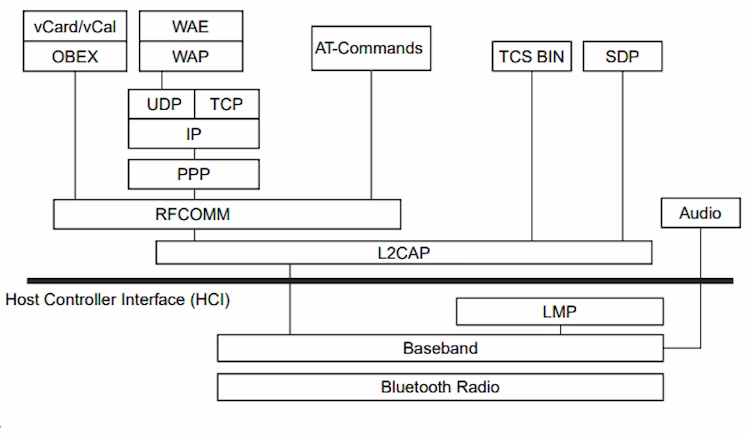
Based on their function in the stack, protocols can be grouped as;
Core Protocols
These are ad hoc protocols crucial for running Bluetooth’s multiple features. They include;
• Logical Link Control and Adaptation Protocol
• Bluetooth radio
• Service Discovery Protocol
• Baseband
• Link Management Protocol
Cable Replacement Protocol
It comprises the Radio Frequency Communications (RFComm) Protocol which provides a virtual serial port for specific applications. The protocol eliminates the need for cables
Adopted Protocols
Adopted protocols are taken on from other models, like the OSI or TCP/IP models. They include;
• Point-to-Point Protocol (PPP)
• Wireless Application Protocol (WAP)
• IP Protocol
• TCP/UDP Protocol
AT Commands
AT Commands are used to transmit commands to a Bluetooth module. They also change the device’s settings, such as the name and baud rate. The information on configuring settings via AT commands can be found on the datasheet of a Bluetooth device.
Comparing Bluetooth with Other Wireless Communication Protocols
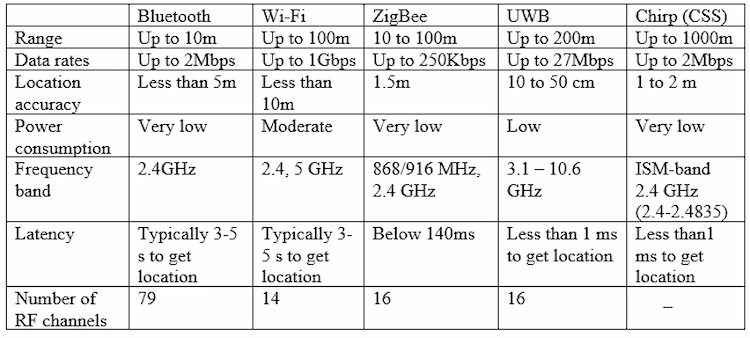
Advantages of Bluetooth Standard
• Bluetooth standard is wireless and automatic.
• It is cheap to implement the Bluetooth standard processes.
• Bluetooth does not require manual connections or a push button to create links when paired.
• It is rare for other wireless devices to interfere with Bluetooth devices.
• The Bluetooth technology is energy-efficient as it uses low-power signals.
• Bluetooth standard allows simultaneous sharing of both data and voice.
• It is easy to upgrade Bluetooth standards to new versions.
Disadvantages of Bluetooth Standard
• The data rates of Bluetooth standard are lower up to 2 Mbps when compared to other similar technologies, which mostly have data rates of around 4 Mbps.
• Its operation range is usually within 10 meters.
• Bluetooth implements elementary security.
Security issues of Bluetooth devices
Since Bluetooth has fewer security measures, there are various ways to penetrate the security of Bluetooth. Some of the primary techniques used to bypass Bluetooth security are;
• Bluejacking – It is a harmless technique of transferring unsolicited data using a Bluetooth connection between two or more Bluetooth-enabled devices such as mobile phones.
• Bluesnarfing – Bluesnarfing is more harmful than Bluejacking, although both are similar. Bluesnarfing is an illegal Bluetooth connection that allows a hacker to access, download, and view information from a victim’s wireless device.
• Bluebugging – Bluebugging allows a hacker to easily access and remotely run every feature of the victim’s phone.
• Car whispering – Hackers use this bypass technique to send and receive audio files to and from a car stereo system enabled with Bluetooth via software.
Process of connecting multiple beacons via Bluetooth
Generally, Beacons usually broadcast their packets all by themselves for a Bluetooth device within range to detect these packets. There are two processes involved in connecting multiple beacons via Bluetooth technology.
The first process is through advertisements, where one beacon sends data with advertisement packets. This enables the other beacons to receive the packets sent, although they cannot respond to them. In this case, the data packets sent by multiple beacons are captured by a central device.
The other process is via connection, where multiple beacons use Bluetooth technology to exchange some connection data. Here, data is transferred every time a connection occurs, thus enabling the connected beacons to broadcast easily. This process works best and is primarily reliable when the link is close to a few meters.
Bluetooth Positioning Accuracy
There are different levels of accuracy in BLE indoor positioning and real-time location systems. The accuracy depends on the system’s architecture, the density of the sensor or beacon deployed, and hardware selections. BLE sensors and beacons can provide indoor positioning accuracy of less than 5 meters with optimal deployment and conditions.
Like Wi-Fi technologies, Bluetooth also relies on signal strength (RSSI) to approximate the device’s locations. This technique of Bluetooth positioning is much less precise and provides great location accuracy down to the meter level. Although BLE is widely used and highly effective, currently, it is not the most precise indoor positioning RF technology. As most indoor positioning applications don’t require a high degree of accuracy, BLE is the most appropriate alternative that offers many exceptional advantages.
The new feature of finding direction enables BLE to determine the sub-meter level location accurately. This is because of the Angle of Arrival (AoA), which quickly calculates a Bluetooth signal’s direction. Moreover, AoA can be used alongside signal strength (RSSI) in location and asset tracking to enhance precision.
A portable asset like a beacon or a tag with one antenna broadcasts to a fixed BLE sensor with multi-antenna arrays to find direction. The angle of approach of the portable broadcasting device is determined by measuring the phase shift of multiple antennas, consequently receiving the signal. When combined with RSSI, AoA can generate the coordinates of a device to an accuracy down to a centimeter level.
History of the Bluetooth Technology
Bluetooth started its operations in 1998. It is a non-profitable trade association that five companies developed; Nokia, Ericsson, Intel, and Toshiba. Its first commercial product was introduced by the Bluetooth Special Intrest Group into the market in 1999. The popularity of Bluetooth has rapidly grown and has become nearly available worldwide in all consumer products like laptops and mobile phones. Nevertheless, Bluetooth is also a standard feature in almost every new car that allows free-hand calling for drivers and supports in-vehicle infotainment systems.
SIG has grown to over 35,000 member companies globally from the original five members, all from various telecommunications, consumer electronics, computing, and networking industries. The association is situated in Kirkland, Washington.
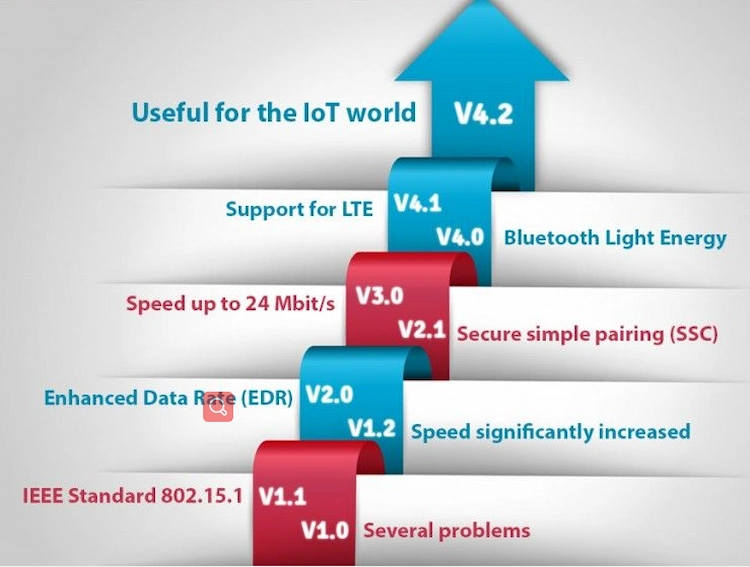
Bluetooth Technology Today
After becoming popular in the consumer markets, the new Bluetooth protocols have allowed the technology to presume an essential function in IoT. MOKOBlue supports the development of Bluetooth and ensures that developers can easily incorporate this technology into their preferred designs.
Currently, Bluetooth exists in three different protocols:
• Bluetooth Low Energy (BLE)
• Bluetooth Classic
• Bluetooth Mesh.
Every protocol is helpful in specific applications. Since Bluetooth technology was initially developed for short-distance use cases, the latest versions can transmit signals up to a mile.
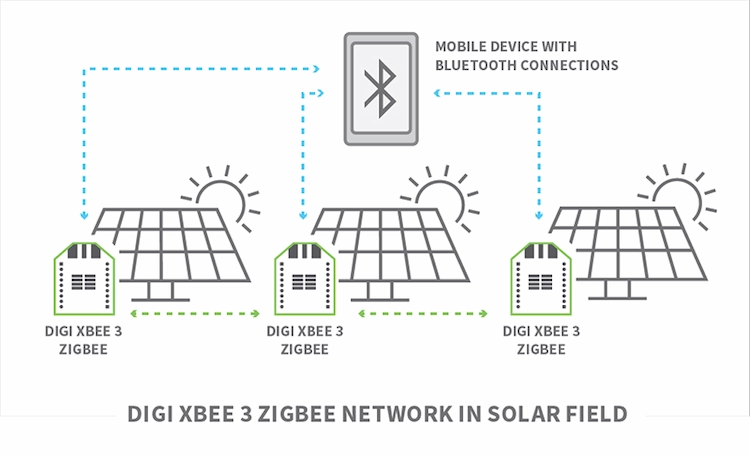
Bluetooth Application and Use Case Examples
Bluetooth Classic
The protocol of Bluetooth Classic is developed for devices rechargeable daily or weekly. This makes Bluetooth Classic the best for use in limited networks in terms of size. It is set to stream high-throughput data of over 2.1 Mbps over short ranges. Bluetooth classic was primarily designed to replace short-distance peripheral cables. It is usually not scalable for IoT use cases such as sensor networks hosting multiple devices.
Bluetooth Low Energy (BLE)
This Bluetooth protocol is suited for devices that send small data amounts. Moreover, BLE is suitable for all devices that require to be run unattended for a long time. This functionality sustains an assortment of medical devices, wearable and implantable, like defibrillators and hearing aids.
Besides, BLE is also suitable for use cases like temperature monitors, location beacons, lighting controllers, digital scales, and other low-bandwidth applications operated with a battery. BLE also fits consumer products like fitness monitors, home appliances, smartwatches, and remote controls for TV set-top boxes.
Bluetooth Mesh
This network monitors, controls, and automates numerous linked devices for managing smart buildings and other industrial IoT (IIoT) use cases. Initially, Bluetooth Mesh was developed for the lighting market. Since the router nodes require to be powered incessantly, lighting is a great use case because most lights have access to all-time power. Bluetooth mesh can also support sensor networks, although the sensors must be implemented in areas with full-time power availability.
Bluetooth Standard for IoT Applications
Bluetooth is currently applicable in various assorted varieties of IoT applications. Some IoT applications for Bluetooth are;
a) Location services and asset tracking – Solutions for real-time location service (RTLS) s are used for identifying locations and tracking assets.
b) Building automation – The connectivity of wireless Bluetooth standards in the centralized automation of essential building systems assists in energy conservation, lowers the costs of operation, and prolongs the lifespan of the core systems of a building.
c) Condition monitoring – The deployment of sensor networks at scale all over an industrial unit floor allows system performance real-time monitoring. Thus, it minimizes the maintenance cost, increases the overall operating efficiency, and improves the updating of applications.
d) Tank monitoring – Bluetooth standard enables technicians and local installers to monitor tanks remotely, offering instant sensor values feedback.
e) Medical applications – Bluetooth standard is used in medical use cases such as wearable devices to help diagnose certain conditions, transmit the patient’s data, and administer medications.
f) Contact tracing – Bluetooth is the right choice for tracking, recording, and transmitting real-time data for prompt responses.
g) Solar and wind farms – Since most solar and wind farm installations have radio modules fixed on them, technicians can use Bluetooth standards to take their current values and productivity readings.
h) Ticket validation systems – Bluetooth-enabled readers can be used in events with large crowds such as concerts and sporting events to authenticate tickets with QR codes or barcodes.
i) Wayfinding – Bluetooth standard is used in indoor positioning systems to help guests easily find their way through large public spaces, such as museums, train stations, airports, and sports stadiums.
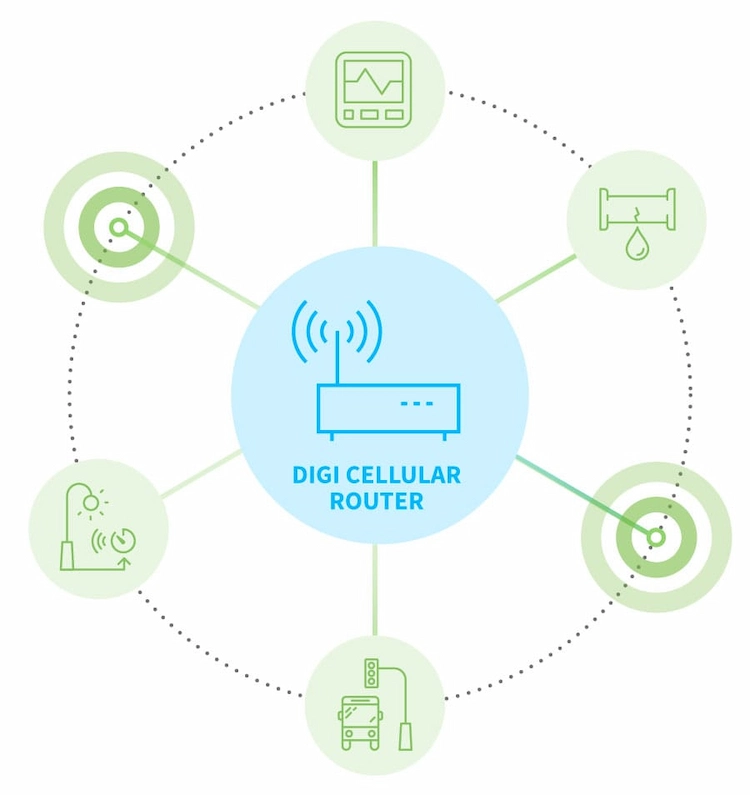
Bluetooth Standard Growth and Future Opportunities
As per the Bluetooth SIG 2021 market update report, Bluetooth technology is anticipated to ship over 6 billion devices by 2025 annually. The report states that the essential Bluetooth market needs and applications mainly used are location services, data transferring, audio streaming, and device networks. Moreover, Bluetooth SIG expects that:
• Between 2021 and 2025, there will be a 10% CAGR
• By 2025, over 70% of all devices enabled with Bluetooth will be peripherals
• From 2021 to 25, there will be a 3x annual growth in shipments of single-mode BLE devices
It is essential for all organizations that develop, assemble, or benefit from IoT wireless connectivity to incorporate Bluetooth technology in their short and long-term planning. As Bluetooth is currently the best wireless technology on the market, most industries take advantage of its potencies like security, cost-effectiveness, and ease of use. Thus, all organizations need to assess the applications for Bluetooth integration to impel new functionalities and ROI.
GPS vs. Bluetooth Technology for Contact Tracing
Is it best to use location history or Bluetooth to detect proximity actively when two people are close? The table below illustrates the differences between GPS and Bluetooth technology.
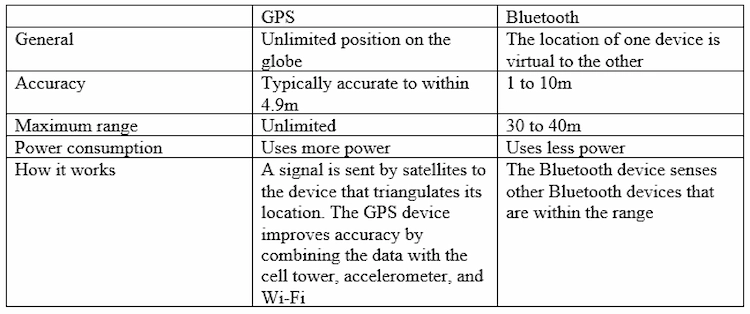
GPS Accuracy and Negatives
The accuracy of a GPS device in subways significantly drops to impracticable. Moreover, most GPS devices cannot handle underground and indoor settings predominantly well.
GPS gathers precise location data and uses it in contact tracing, although its location data is intricate to secure and highly sensitive. For instance, fitness apps that use GPS location data have revealed the precise layout of US bases. It has unique location data that makes its anonymization effectively impractical. Thus, the deployment of location-based contact tracing at scale poses privacy and security risks when incompletely secured.
Bluetooth Accuracy and Negatives
RSSI values are used in Bluetooth-based proximity detection to evaluate the strength of signals between phones. Standardized RSSI values are used in an encounter to approximate the estimated distance between users. Bluetooth location tracking accuracy has a range of up to 10 meters.
When apps are running in the background, Bluetooth scanning can be terminated by iOS. It is necessary to enable the Bluetooth app permission during the entire time frame and not Bluetooth itself for it to work.
MOKOBlue’s BLE Bluetooth Standard Supported Devices
BLE-supported products from MOKOBlue are:
BLE Beacons
They are wireless devices that sporadically transmit a BLE advertising packet received by another Bluetooth device. Some of the BLE beacons available at MOKOBlue include; H6 sensor beacons, W6 wristband beacons, M2 asset beacons, H2 navigation beacons, H4 sensor beacons, and many more.
BLE to Wi-Fi Gateway
A gateway offers storage solutions to local processing by methodically linking the field and the cloud. Some of the BLE to Wi-Fi gateways available at MOKOBlue include; MKGW1 BLE Wi-Fi gateways, MKGW-mini BLE toWIFI gateways, and the MK103 ESP32 BLE gateways.
BLE Modules
Some of the BLE module devices available at MOKOBlue include; MK01A, MK02A, MK02D, MK02E, MK05A, MK05B, MK06A, MK06B, and many others.
MOKOBlue has rich expertise of over 16 years in Bluetooth technology. You can trust us to be your Bluetooth/BLE partner for all your Bluetooth solutions. We assist our customers in developing their Bluetooth IoT projects, thus saving them time in the market. So do you have a Bluetooth project now or soon? Feel free to contact us; we have your back, we are always there to help you.
